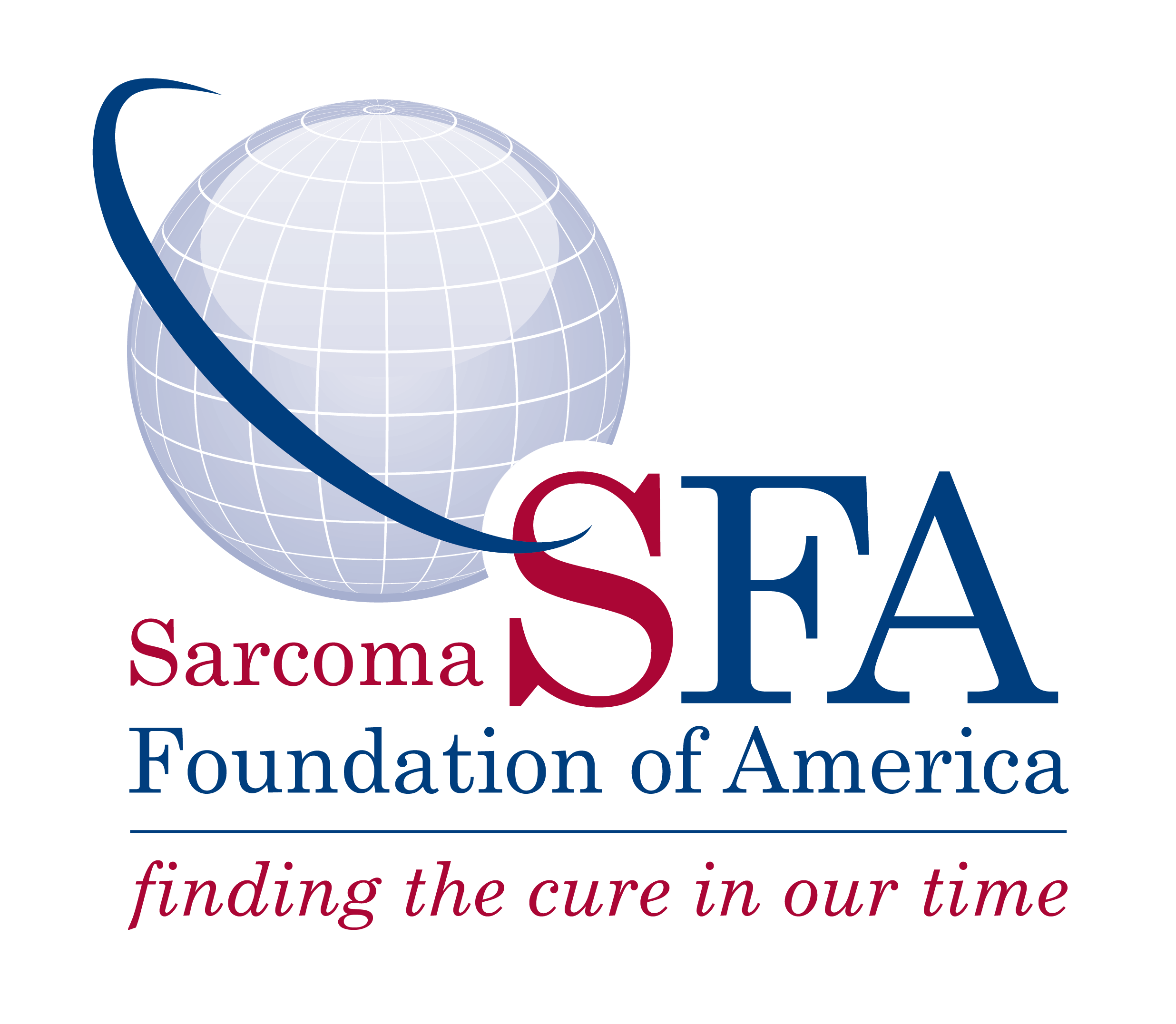Earning our Gold Ribbons
 Guest blogger Judith Hannan has been a writer for over 25 years. She is the author of Motherhood Exaggerated (CavanKerry Press, 2012), her memoir of discovery and transformation during her daughter’s sarcoma cancer treatment and her transition into survival. Ms. Hannan’s daughter Nadia was presented with the SFA Courage Award at the SFA Annual Gala in 2010. She is a featured speaker, a teacher of writing about personal experience to homeless mothers and at-risk adolescents and we are pleased that she has agreed to share her insights about her journey and beyond through a blog series.
Guest blogger Judith Hannan has been a writer for over 25 years. She is the author of Motherhood Exaggerated (CavanKerry Press, 2012), her memoir of discovery and transformation during her daughter’s sarcoma cancer treatment and her transition into survival. Ms. Hannan’s daughter Nadia was presented with the SFA Courage Award at the SFA Annual Gala in 2010. She is a featured speaker, a teacher of writing about personal experience to homeless mothers and at-risk adolescents and we are pleased that she has agreed to share her insights about her journey and beyond through a blog series.
————–
It’s September, time for another Childhood Cancer Awareness month. It seems to be a closely held secret. Gold is the color of Pediatric Cancer Awareness. There are no pages in women’s and parenting magazines filled with gold products, no gold yogurt lids or M&Ms, no abundance of gold ribbons festooning jackets and blouses.
Like so many parents who have had a child with cancer, and as the author of a book, “Motherhood Exaggerated,” about that experience, I feel an obligation to write about kids with cancer each September, to add my voice to the chorus pleading for more attention, more funding, more research. Last year, in my essay, “Choosing What to See” in The Huffington Post, I urged people not to turn away from what they don’t want to see, to look at a child with cancer, not only as he or she might be depicted in an ad for Make-A-Wish, Ronald MacDonald House, or the Memorial Sloan-Kettering Cancer Center—smiling and being “brave”—but also exhausted, thin, and in pan. To see that would mean you could no longer be apathetic. But I know that the correlation between seeing life in its hardest moments and responding with action can be weak. We see so much tragedy and we can’t respond to it all. So what do we do?
This year’s Childhood Cancer Awareness month feels like a retread of last year’s, and not so very different from the year before. The statistics are the same; on the number diagnosed, the survival rate, new drug development. Even the wording of President Obama’s proclamation was almost identical to what was written in 2012.
So how effective is Childhood Cancer Awareness month? We hold walk-a-thons, post tweets, relive the experience, but mostly we are speaking to each other. Over 13,000 children are diagnosed with cancer annually; it is the leading cause of death among children outside of accidents. But if a child in the family hasn’t had cancer, or a friend’s child, how do you begin to care?
We need an additional strategy. Yes, we always need to do all we can to elevate the visibility of children in all aspects of our culture, including medicine. But there is no disease called pediatric cancer. There are sarcomas and brain tumors, leukemia and lymphomas, neuroblastomas and Wilm’s tumors—diseases for which advocacy and awareness groups already exist. I checked the websites of many of these groups and only the Sarcoma Foundation of America (SFA) mentioned Childhood Cancer Awareness month. Many sites and organizations buried any mention of children at all until two or three pages in. Perhaps it isn’t just funders, but the medical community itself – researchers, doctors, and advocate – who do not place children on par with adults. Still, the research they are conducting can benefit children. My daughter had Ewings Sarcoma and I wonder whether there was a treatment for her because of organizations like SFA with its more defined focus on the type of cancer rather than on a patient’s age.
Many awareness groups are looking for the secret behind the juggernaut that has become Breast Cancer Awareness month. Before we can put away the few gold ribbons we have managed to display on behalf of children, the waves of pink begin rolling in. I think what makes this campaign so successful is the balance of fear and hope it manages to maintain. We are led to believe that all women will get breast cancer at some point but, not to worry, they probably won’t die.
We can’t tell families to be afraid or tell them support of pediatric cancer is a gift to themselves, a hedge against the day their own child might be diagnosed. Rather, we need to project energy and vigor. We must tell our stories in a way that makes them universal, not just to ourselves and to each other but to the medical and funding communities. And we need to do this year-round so we can say we’ve really earned our gold ribbons each September.
If you are interested in writing your story of illness—as a patient, caregiver, or healer—check out the writing prompts I have posted on my website: www.motherhoodexaggerated.com.

